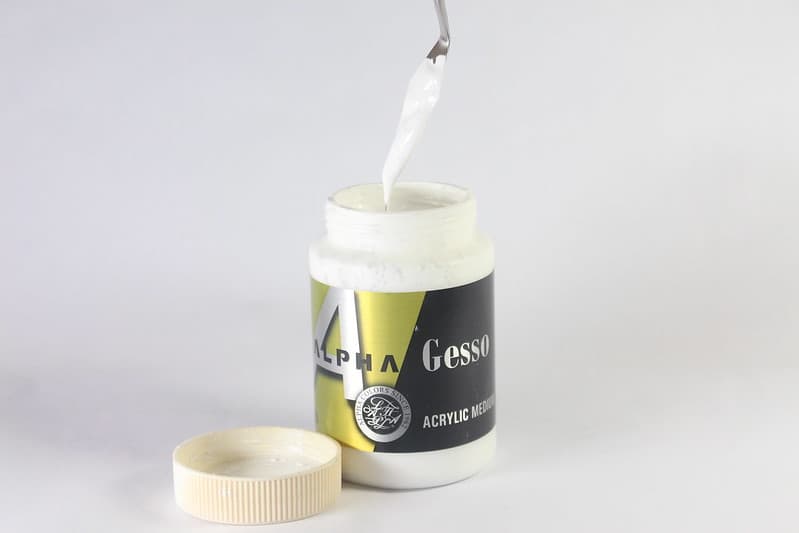Sometimes you go through your art supplies and find something that you haven’t looked at in years. Or maybe you are looking to buy a bulk size of an art supply. In cases like these, it is important to understand if the products go bad and how long they are good for.
So, does gesso go bad? In most cases, gesso shouldn’t go bad, but it can. There are some instances when gesso can go bad due to storing conditions and improper care. If you want to keep your gesso in good shape, always keep it in an airtight container.
If the gesso goes untouched for a long period of time, it might begin to separate. This doesn’t mean it has gone bad, but it will need some TLC to be back in its prime. In the case that your gesso does happen to go bad, you will easily be able to tell. It will develop a strange smell and might even show mold growth. In this article we go over everything you need to know to make sure your gesso has a long shelf life. Let’s read on!
Does Gesso Expire?
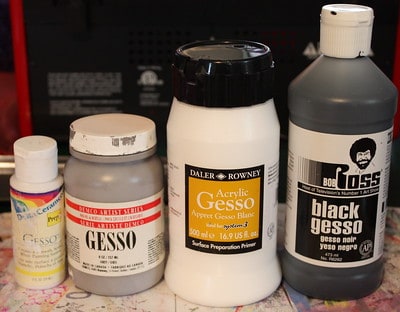
Gesso does not have a definitive expiration date. As long as it is taken care of properly, it is not likely that the gesso will ever go bad. To ensure that you get the longest possible use out of your gesso, the most important thing is to always close the lid as tightly as you can.
One of my favorite gesso primers is Mont Marte Gesso. I have personally used this exact one for some of my acrylic and gouache paint projects, and it does a great job.

In most cases where gesso goes bad, it has to do with the lid not being closed all the way and oxygen getting in. When oxygen gets in, it can cause the gesso to dry out or potentially grow mold. If you aren’t going to use the gesso for a while, there are a few ways you can make sure it doesn’t expire.
First, you can hammer the lid on. This will work if the lid is a pull off or tin lid. Hammering the lid on will make it like the container hasn’t even been opened yet. This will definitely keep the oxygen out and your gesso safe.
Another thing you can do to prevent your gesso from expiring is adding a layer of plastic wrap between the container and the screw top lid. You will need to clean the threads and make sure there is no gesso sticking to the lid. Place the plastic wrap on top, then close the lid as tightly as you can.
One final thing you can do to prevent your gesso from expiring is being extremely careful to keep it clean. It can be tempting to pour back any unused gesso back into the bucket, but this can be a reason that gesso goes bad. It can contaminate the bucket of gesso and expose it to bacteria.
Can Gesso Grow Mold?
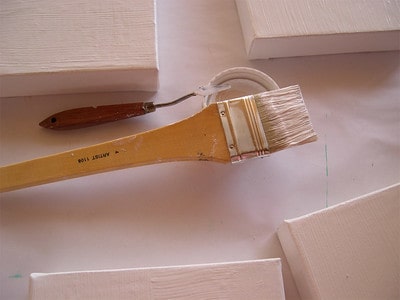
It is possible for gesso to grow mold and other bacteria. The main reason you will notice the growth of mold in gesso is contamination. This will usually be from water exposure or wet brushes being dipped into the container. Even the smallest bacteria that might have been in the water immediately gets mixed in with the gesso.
The bacteria can quickly become an issue and gets even worse when the container is sitting in a warm place. Bacteria thrives in moisture and warmth, so it is extremely important to make sure you avoid any contamination.
The best way to make sure there is no contamination is to avoid dipping any paint brushes or other tools into the container, even if they are clean. Pour a small amount of the gesso in a separate container, making sure you always dispose of any extra you have when you are finished. Avoid putting it back in the main container.
I recommend this Paintbrush Cleaner & Rinse Cup, to clean and disinfect your paintbrushes in order to avoid contaminating any other paints or gesso.

You will also want to keep the lid on as tightly as possible and keep the container in an area that is cool and dry. Should you notice any mold growth, it can be tempting to scrape off the visible layer of mold and continue using the gesso.
This is not recommended, as there can be spores that aren’t visible still in the gesso. This could become a problem in the container and your painting. When you see mold, it is best to just get rid of the container to be safe.
How Long Does Gesso Paint Last?
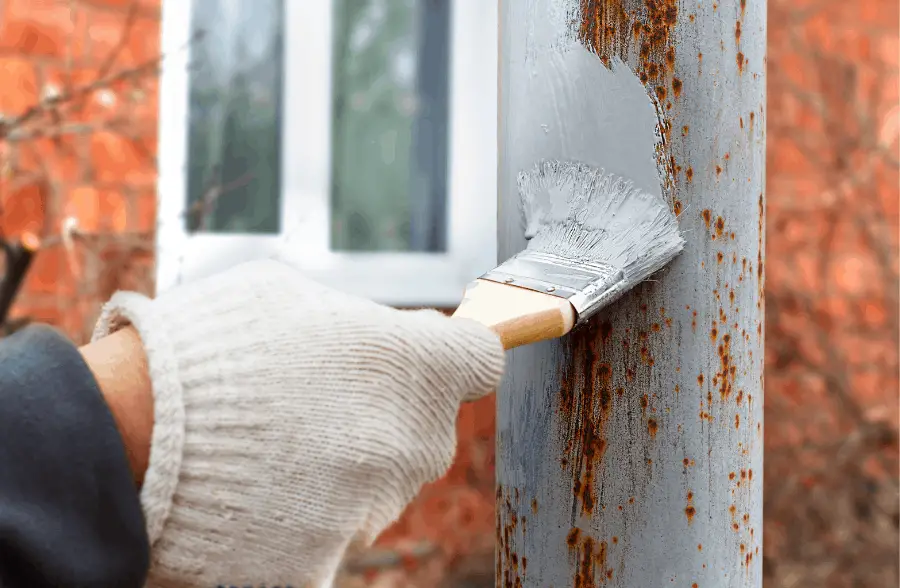
The life of gesso paint will depend on how well you take care of it. When taken care of properly, one container of gesso can last for several years. Some artists have even reported having the same container for twenty years.
When you have a gesso container for this long, you are going to notice that the acrylic medium and gesso paint separate from each other. This is because the gesso is much heavier than the medium, so they can easily separate if left untouched for long periods of time.
If you notice your gesso is separated, that doesn’t mean it’s bad and needs to be thrown out. All you need to do is mix it back up together and it will be ready to use again. To make sure your gesso lasts for long periods of time, you need to take precautions to protect it.
Why Does Gesso Smell Bad?
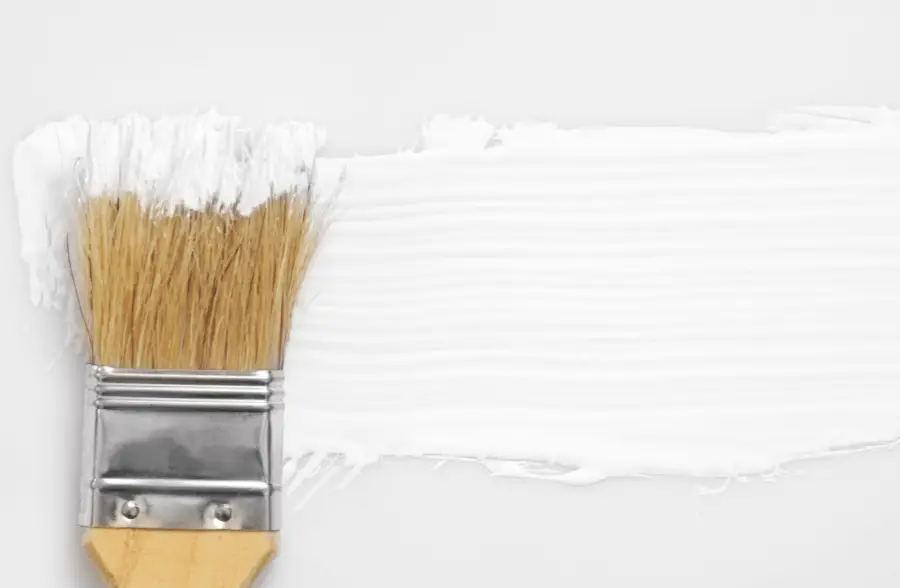
It is not normal for your gesso to smell bad. If you open your container and notice an awful smell, the paint has probably been contaminated. The smell might be from mold or another type of bacteria that has found its way into your gesso.
You won’t be able to get rid of the smell when you open the gesso, unless you discard any visible mold or discoloration on your gesso. Many people compare it to spoiled cottage cheese or rotten eggs. If there is a bacteria in your gesso, you will be able to tell very quickly.
Just like preventing your gesso from growing mold, you need to make sure you don’t dip any brushes into the main container of the gesso. Always use a separate container and dispose of what you have left properly, not back in the container.
When your gesso smells bad, you should still be able to use it without any issues. There is a slight chance that the bacteria growth can continue underneath the paint on top, but it is not likely. If you want to be extra safe, you can just use the gesso for practice paintings or replace the container completely.
Final Thoughts
When you are either trying to go through your old art supplies or buy a bulk size of something, you are going to be curious about whether or not the product will go bad. When it comes to gesso, there is no definitive expiration date, and it is not likely to go bad.
Over the years, it is possible for the gesso to grow mold and other bacteria if it is not taken care of properly. To prevent any contamination that might grow bacteria, you need to avoid dipping your paintbrushes into the gesso at any point. Gesso can last many years if taken care of, and stored properly.
Make sure to follow all my tips and recommended products to ensure your gesso is properly stored and protected. Also, don’t forget to check out my other articles for all your painting Q&A’s. Happy painting!

